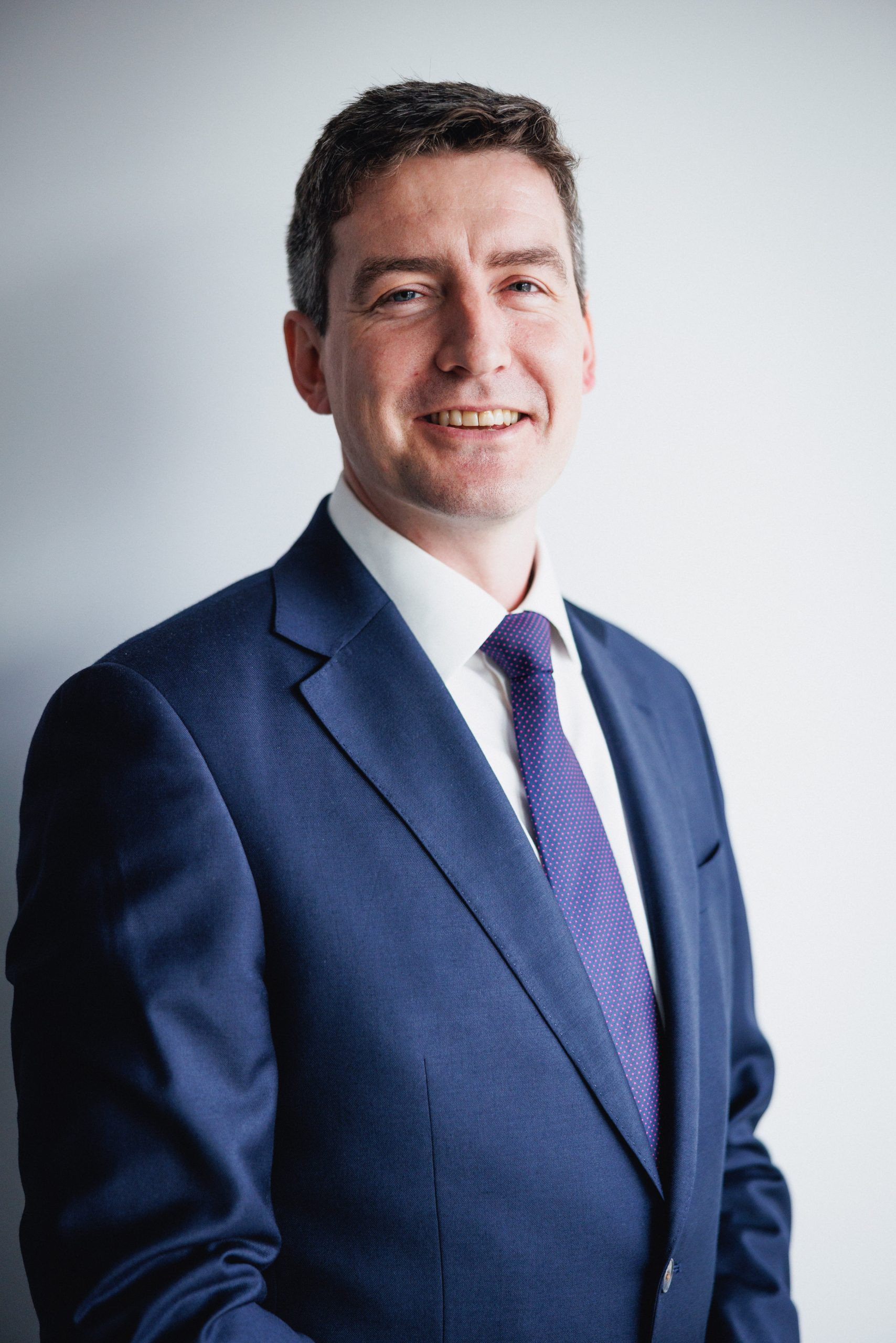What is upper limb tendinopathy?
Tendons attach muscles to bones and are situated all over the body. Some tendons are sheet-like in shape, for example, the rotator cuff and others are more like cords, in the case of the biceps tendon. Tendinopathy is a condition that occurs following repetitive eccentric overload. It can also be part of a degenerative picture in which there are micro-tears. It can affect any tendon in the body. Within the shoulder and elbow common sites are the rotator cuff tendons, long head of biceps, triceps distal biceps and in the common extensor and flexor origins, leading to tennis and golfer’s elbow.”
What are the symptoms of upper limb tendinopathy?
Symptoms are usually pain and in some cases pain-related weakness. Pain is most commonly felt when that tendon is used for exercise or daily activities. There can be generalised aching following activities and in some patients, this may be felt lower down the arm than the tendon. In some cases, these micro-tears can become more substantial and can even lead to tendon rupture.

How is it diagnosed?
It is diagnosed by taking a careful history and performing a detailed examination. It is important to exclude other potential causes and exclude any significant tears. USS and MRI scan be used to assess for these and further delineate the extent of tendinopathy.
How is it treated?
Treatment can begin with symptomatic management with pain killers and physiotherapy to work on strengthening and range of eccentric exercises. Activity modification is extremely important in treating these tendinopathies. Bracing can be used to offload the tendon. Injections can be useful as a diagnostic and therapeutic measure and can allow the patient to engage thoroughly with their physiotherapy regime. However, in some circumstances, these have been shown to prolong symptoms and other measures have been shown to be more beneficial in the long run.
For more prolonged cases failing to respond to these measures, a careful discussion with the patient regarding the options will be undertaken. Arthroscopic assessment can help to assess for significant tears where imaging has been inconclusive. In some cases release of the tendon for symptomatic relief and promote inflammation and potential healing is required. Management of acute tendon ruptures is determined based on symptoms and function of the patient. The repair can be performed by both an arthroscopic or open approach.
If you or someone you know has suffered an injury or is experiencing pain in their shoulder or difficulty with moving the shoulder, arm or elbow and would like a consultant-led review, please contact us. Grosvenor Orthopaedics have extensive experience in the treatment of ACJ injuries with excellent patient outcomes.
BOOK NOW
Grosvenor Orthopaedics have extensive experience in the treatment of should & elbow -related injuries with excellent patient outcomes.
SHOULDER & ELBOW CONDITIONS
If you would like to learn about other shoulder & elbow conditions click the button below to find out more
SHOULDER & ELBOW TREATMENTS
If you would like to learn about other shoulder & elbow treatments click the button below to find out more
our specialist shoulder and elbow consultants
Shoulder and Elbow care at Grosvenor Orthopaedics is led by our consultant surgeons Mr W James White and Mr David Butt, both graduates of London medical colleges. They bring extensive experience to Grosvenor Orthopaedics having worked across Guys NHS Trust and the world renowned Royal National Orthopaedic Hospital.
Our team have broad experience in the successful treatment of a range of shoulder and elbow problems, addressing both young and sports related injuries as well as those relating to trauma, disease process and genetics.
Patients who choose Grosvenor Orthopaedic Partners for their treatment will receive some of the best care available in the UK. Our team are leading consultants across London’s shoulder and elbow clinics and offer specialist care to our private patients through King Edward’s Hospital, HCA Lister and other major private hospitals in central London.
Our team are well placed to manage and treat a diverse range of shoulder and elbow problems utilising cutting edge diagnostic technology and treatment approaches, both surgical and conservative. Below is an overview of some of the conditions we treat but for a more thorough understanding please contact our team here
What some of our patients say
Mrs EL
Thank you for taking great care of me throughout the whole operation process! My recovery has been much faster than anticipated and I am pain free after such a long time!




